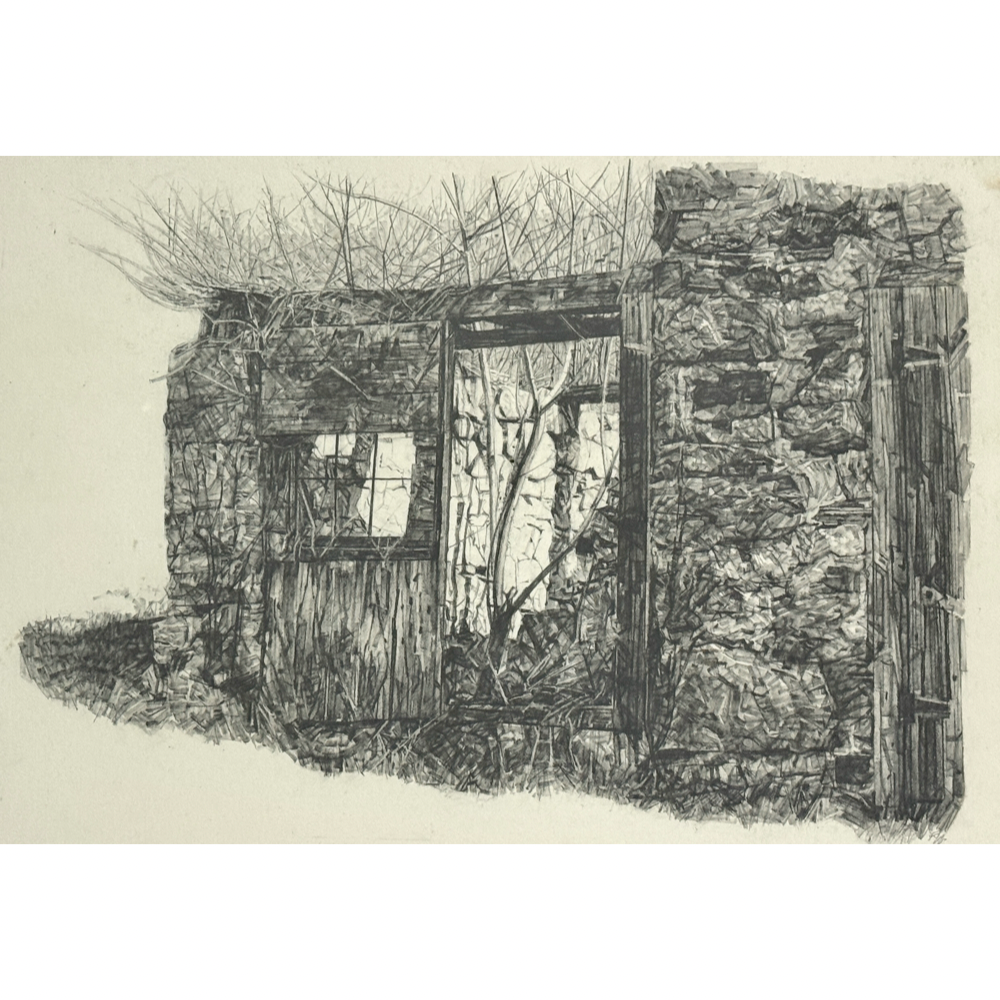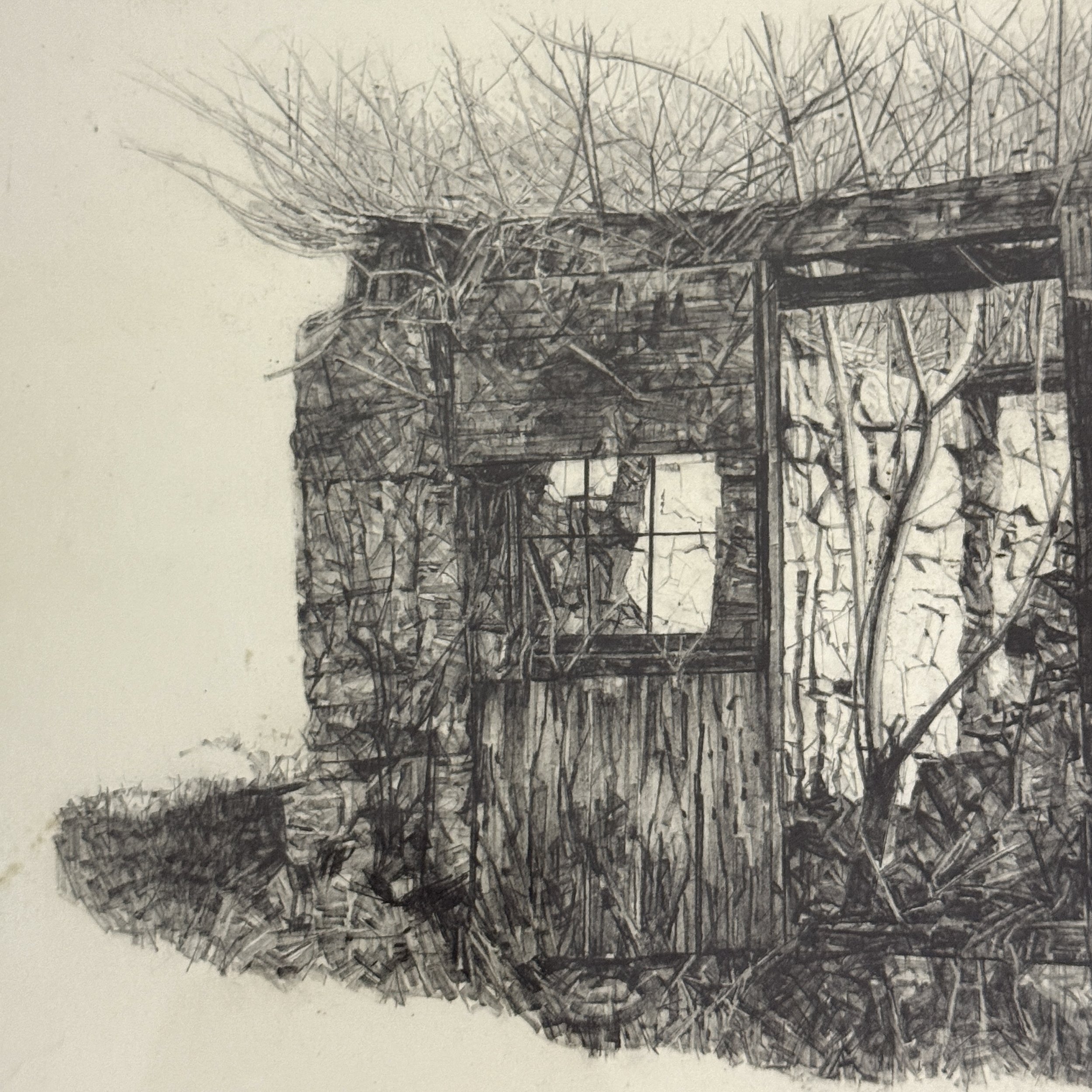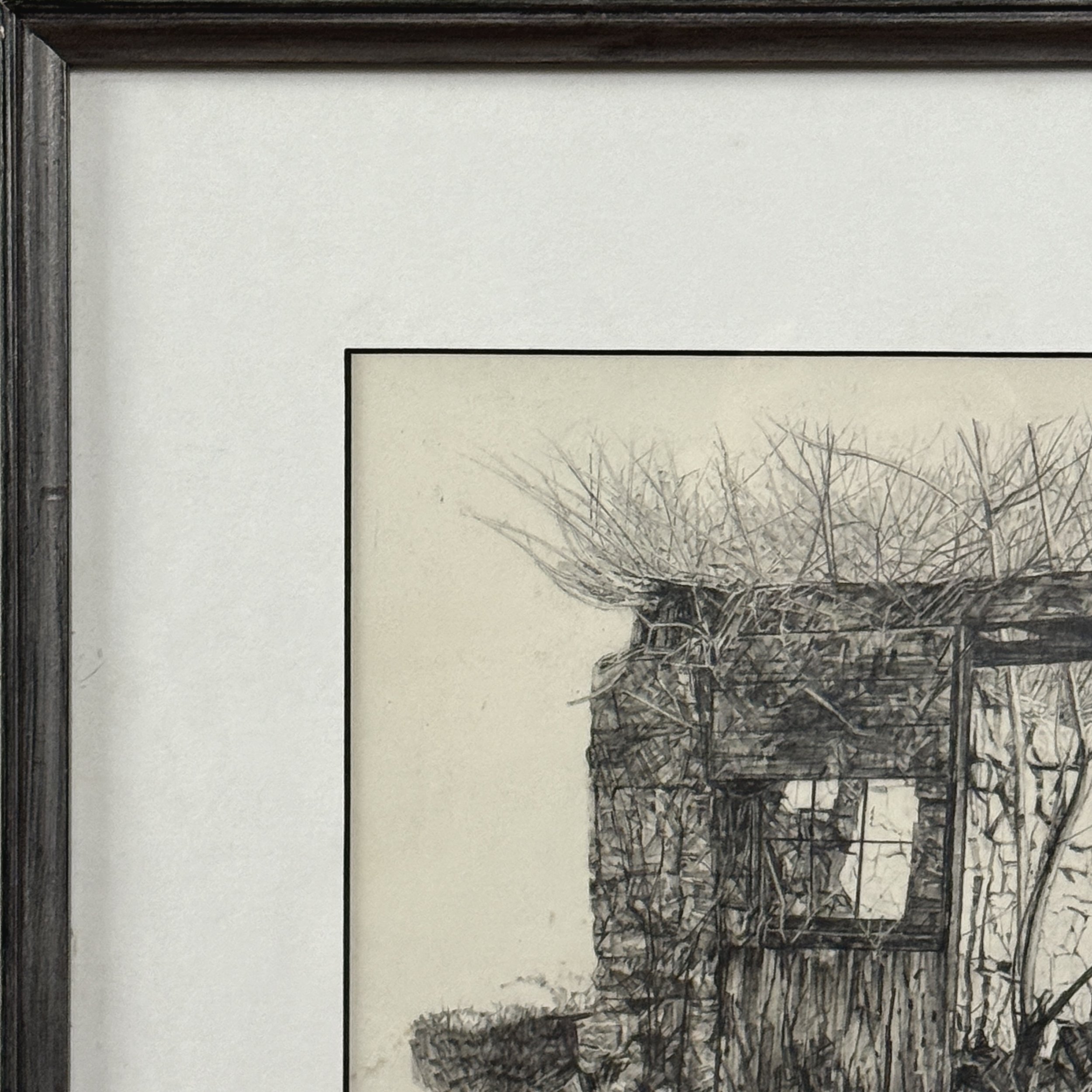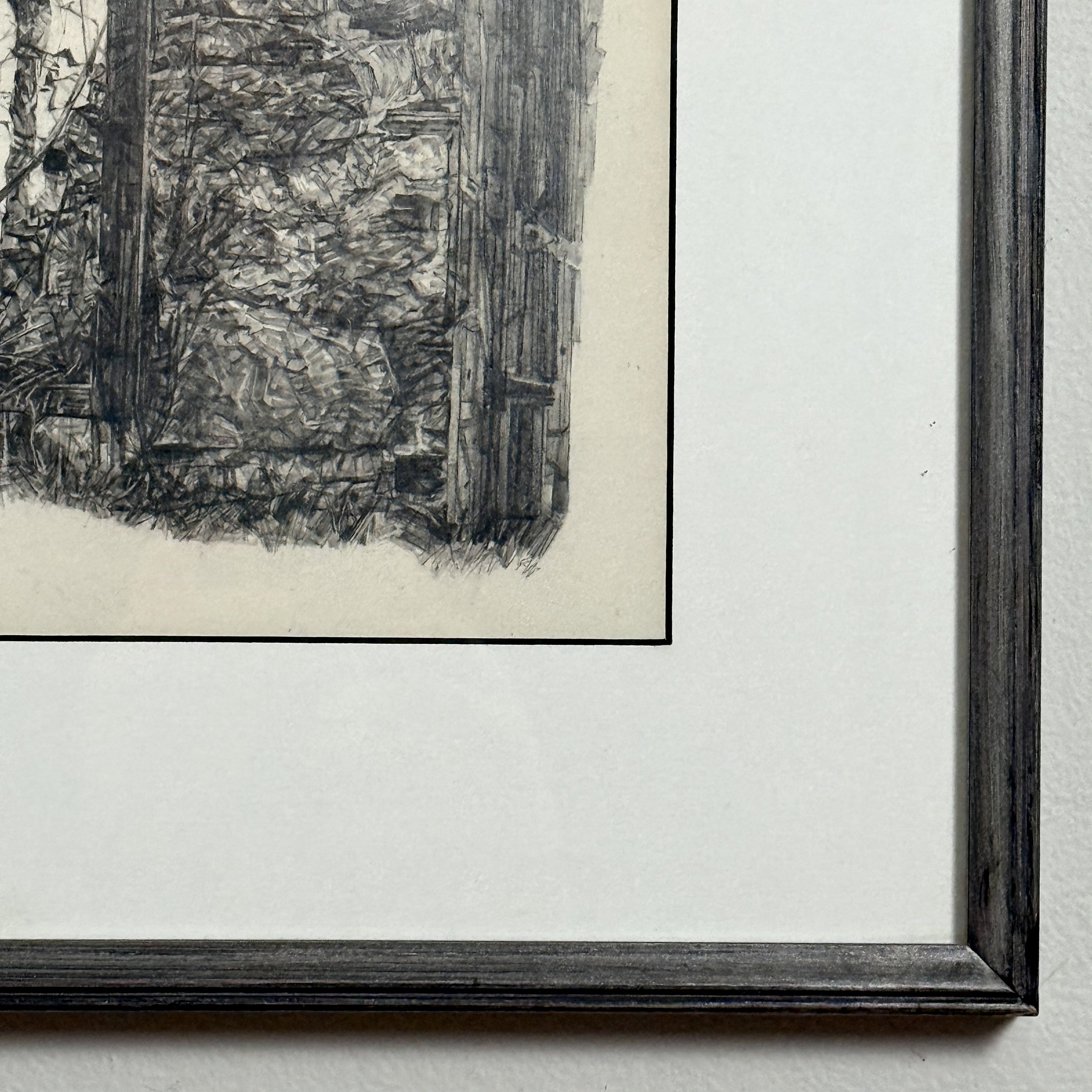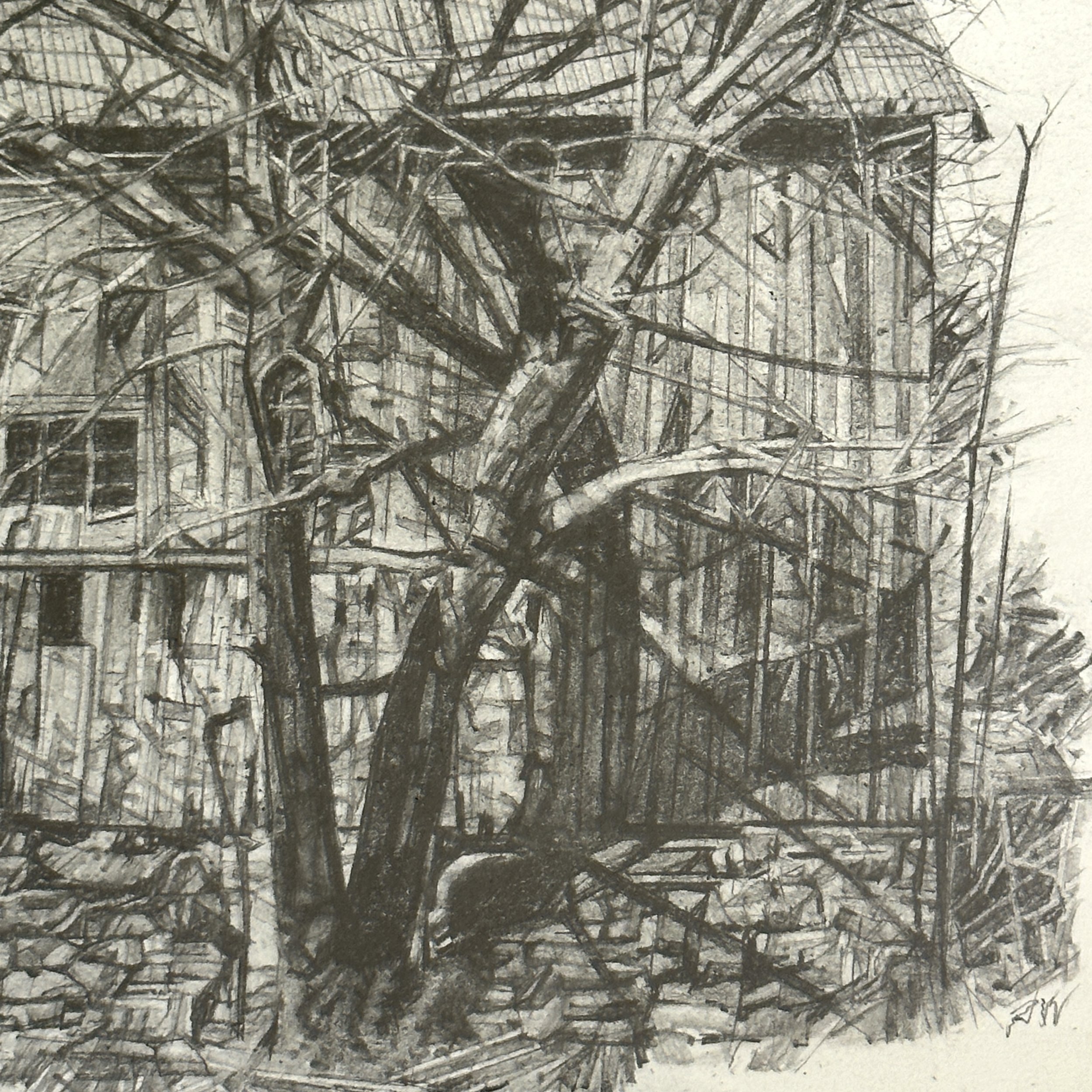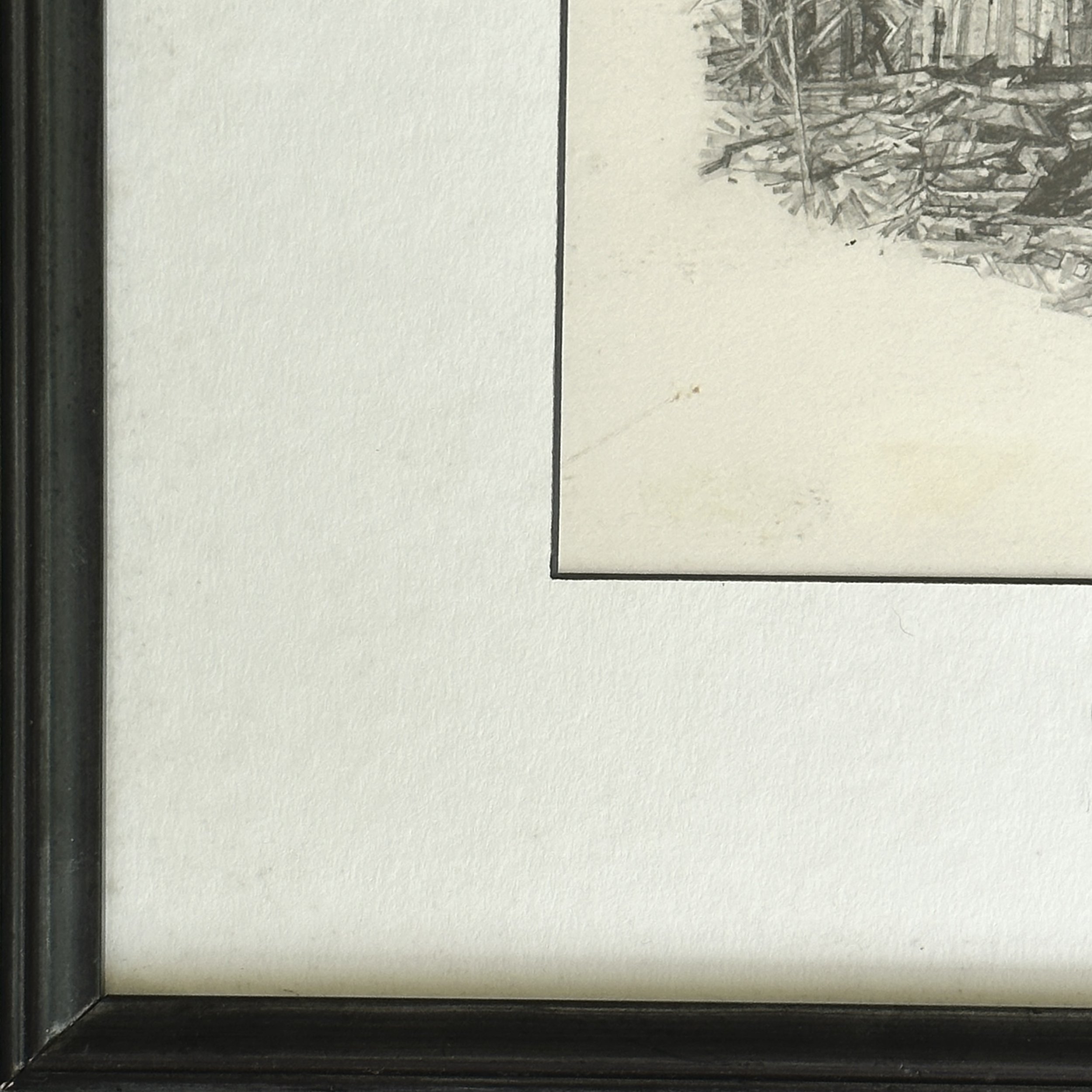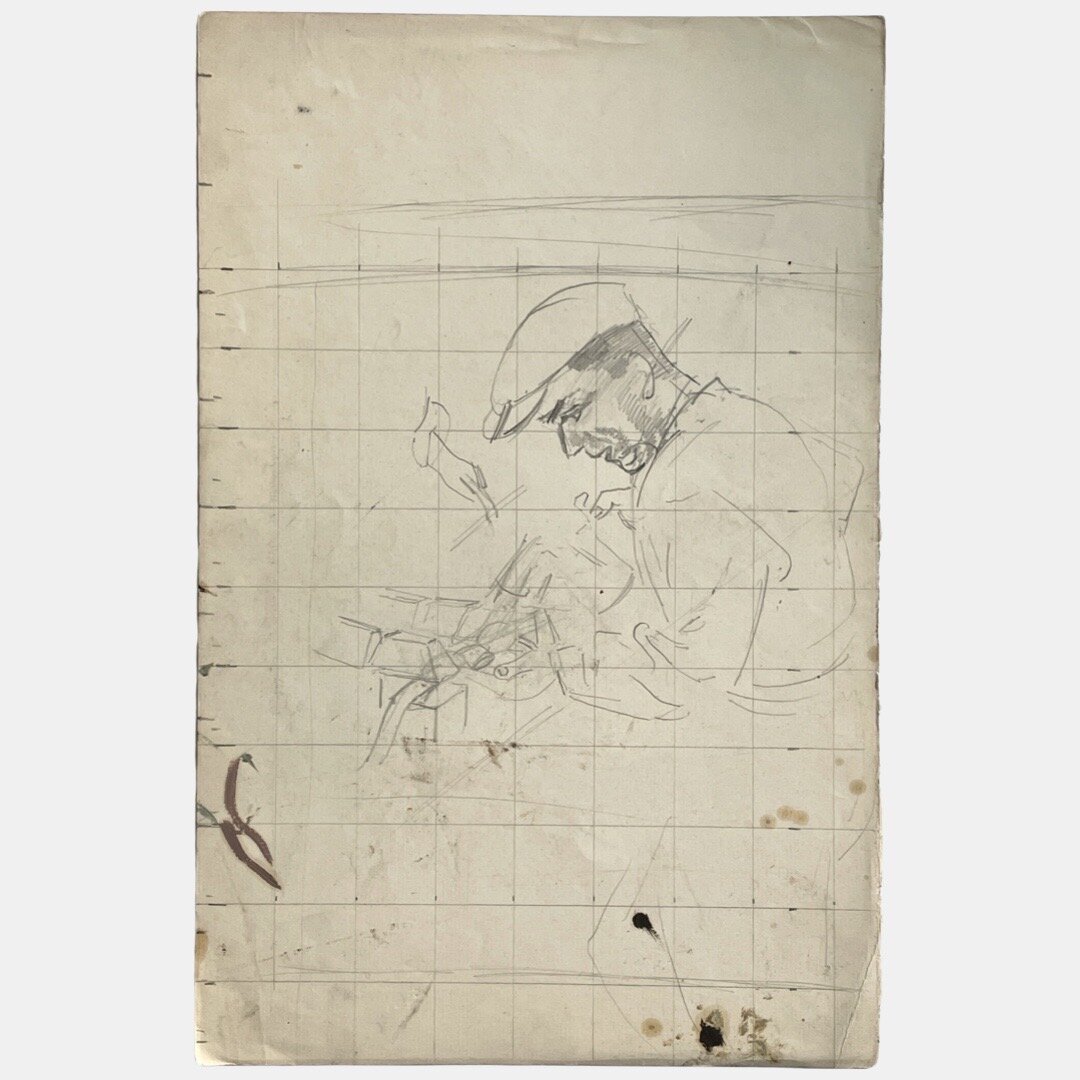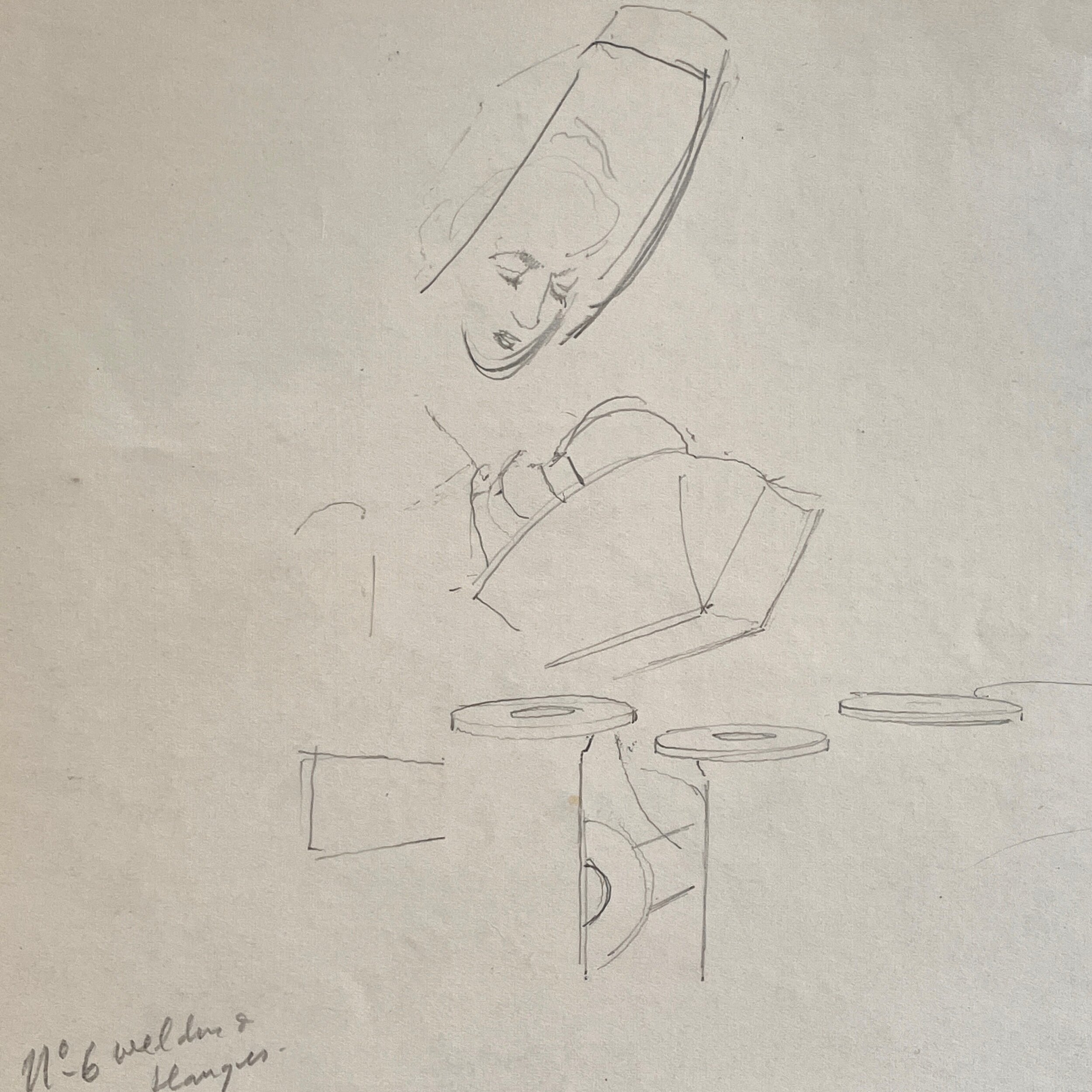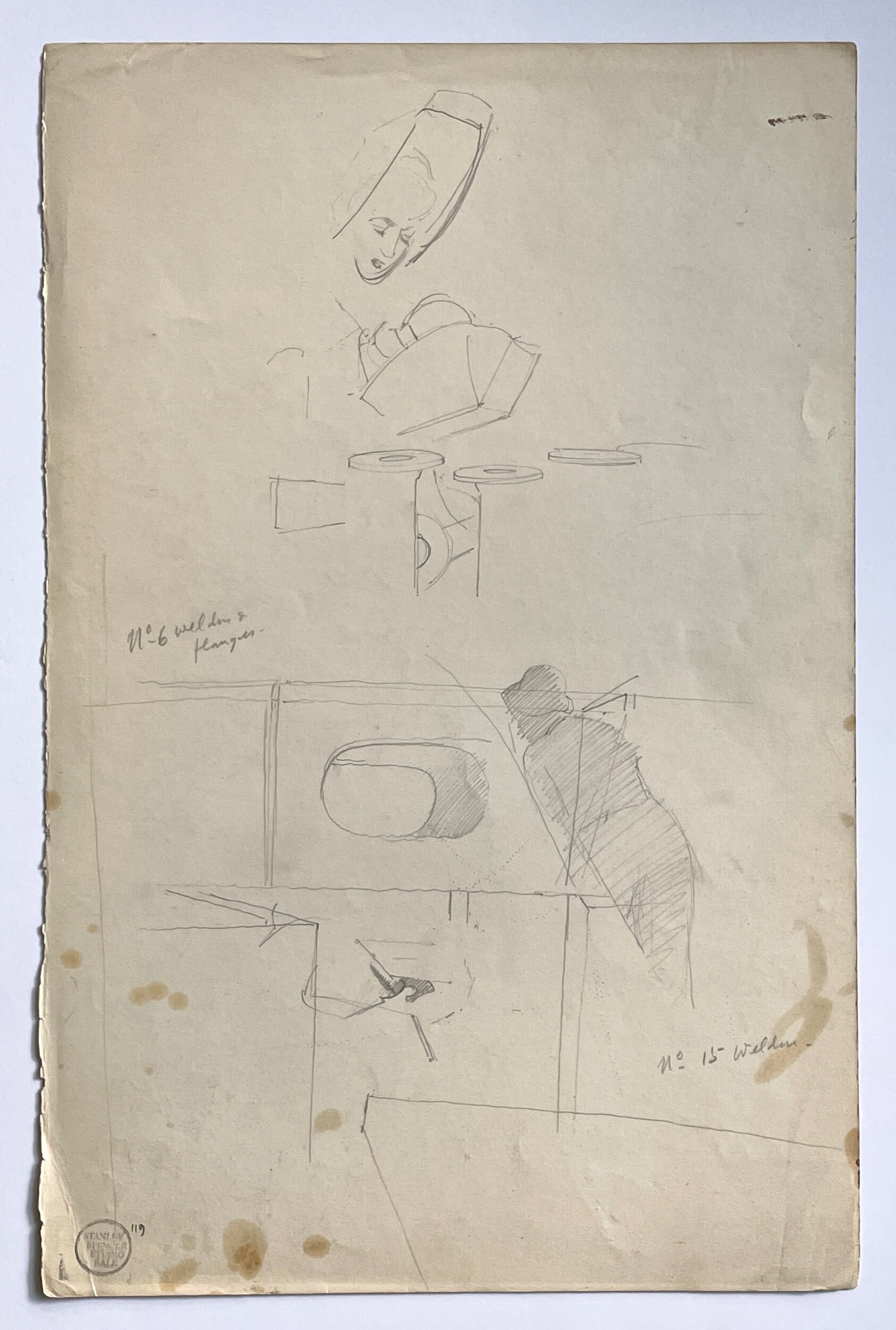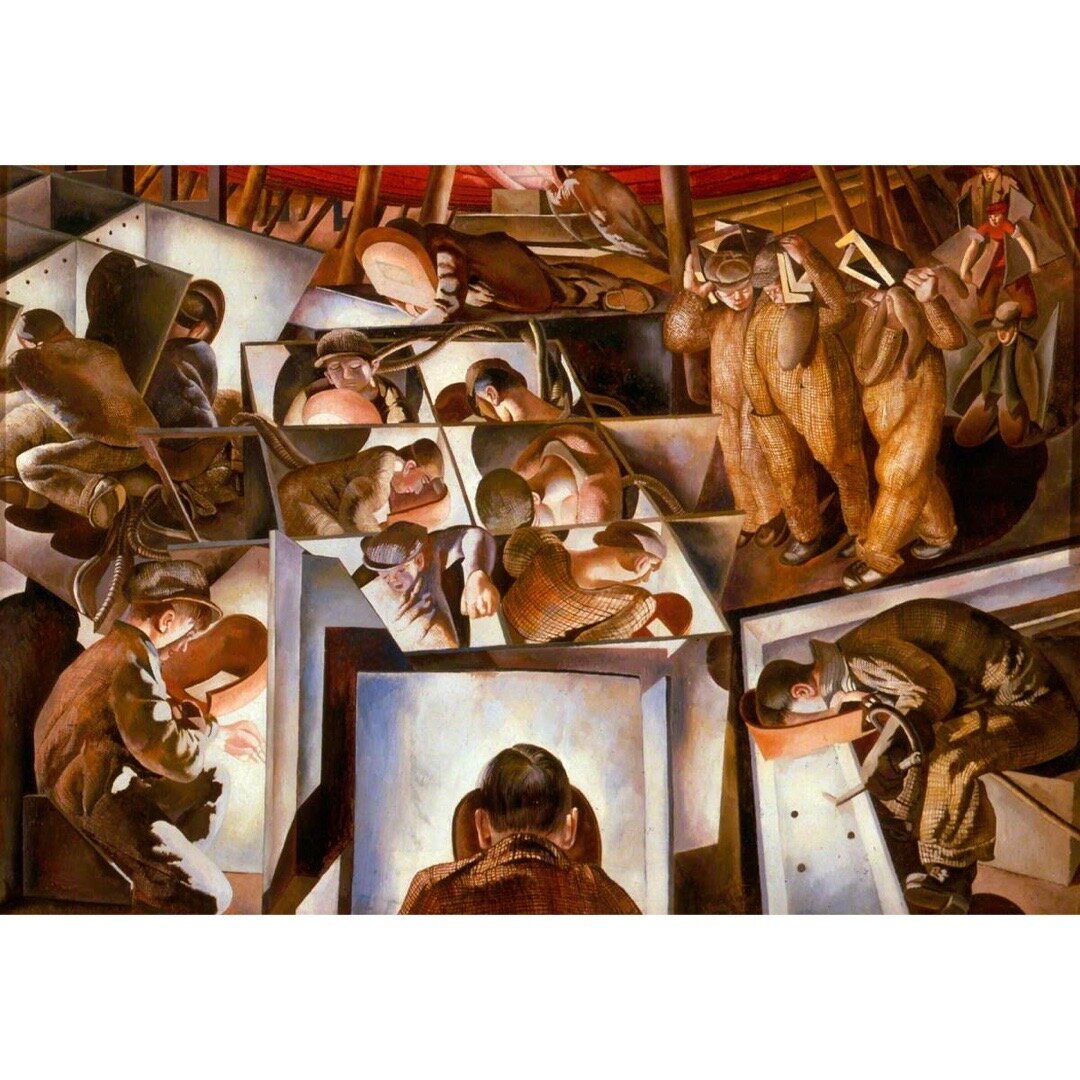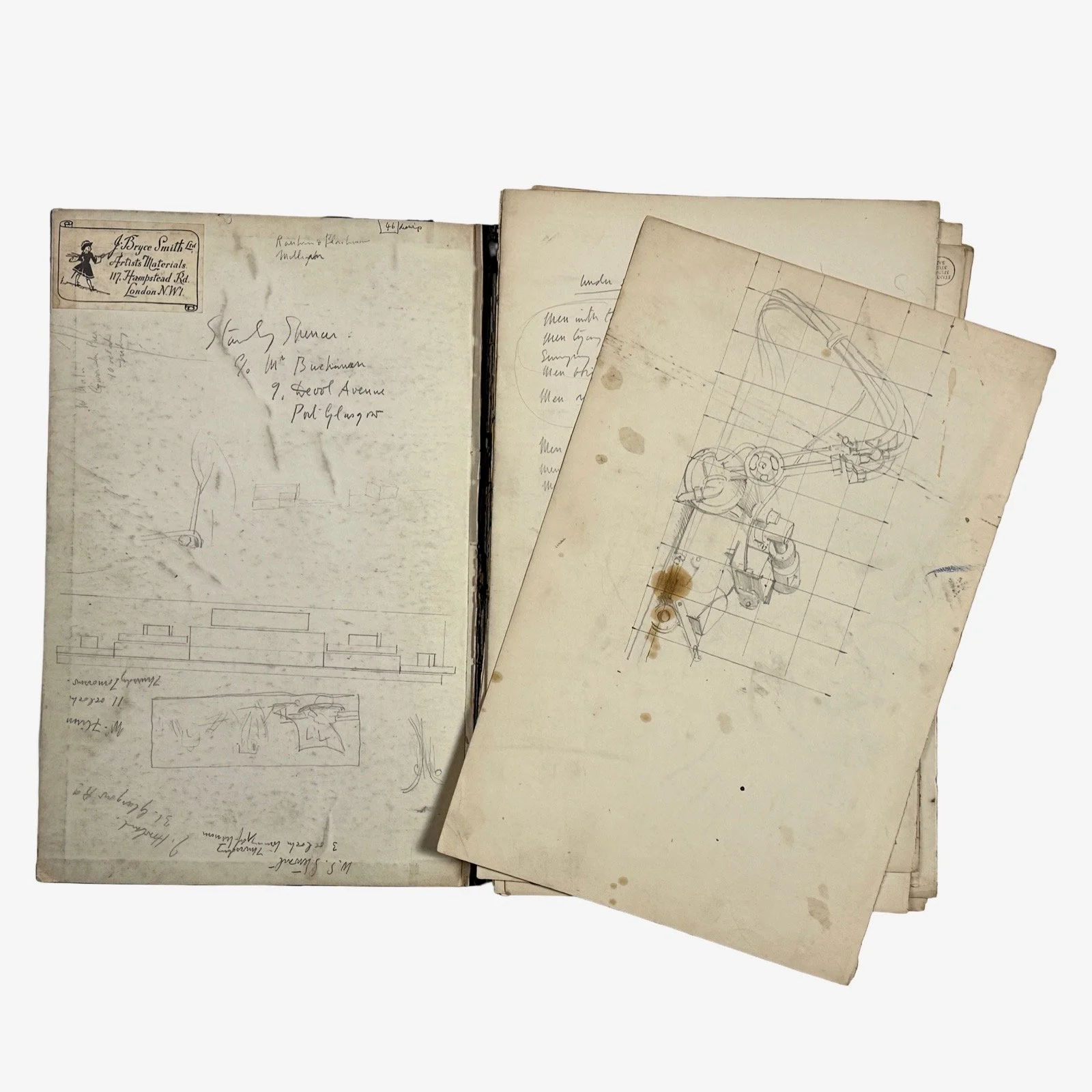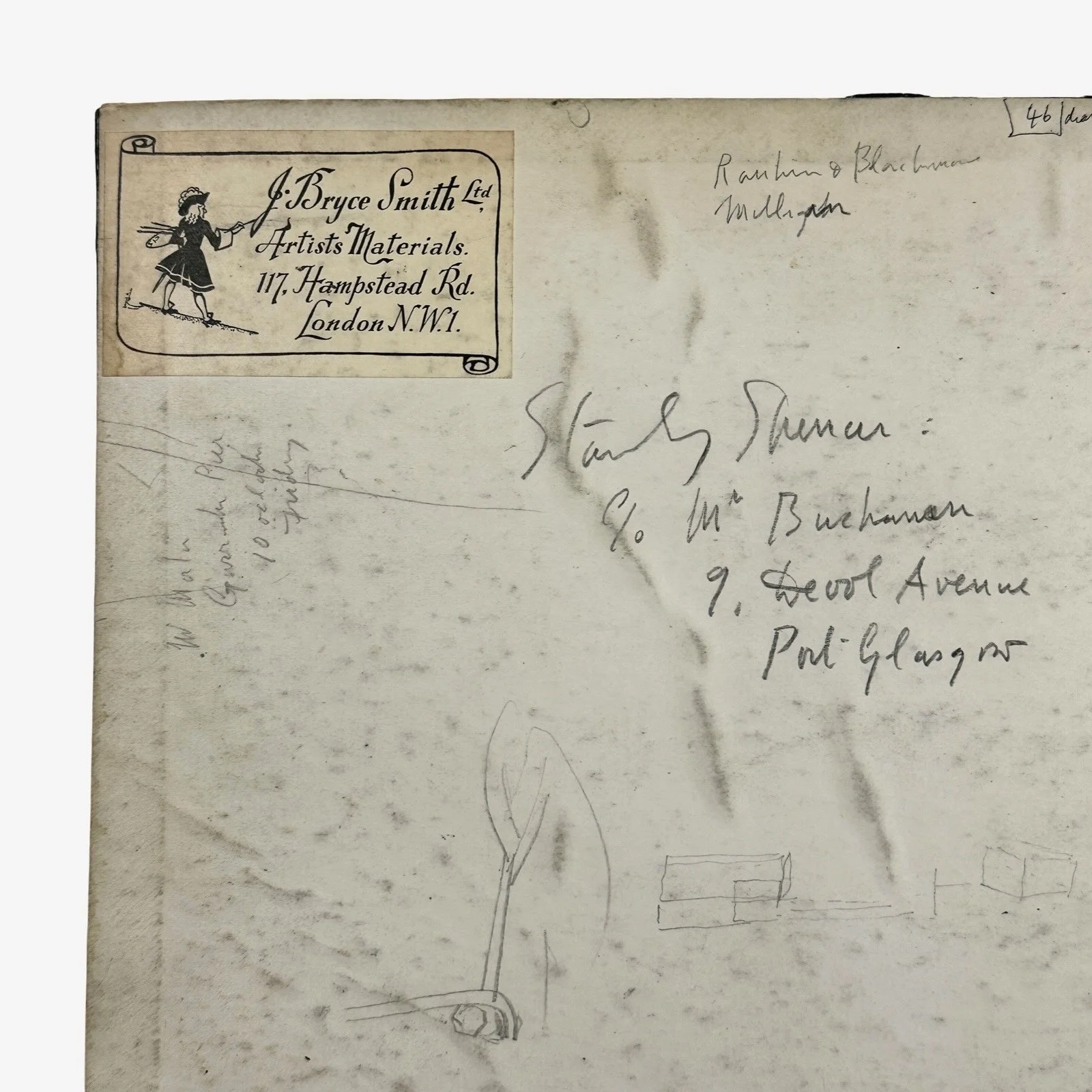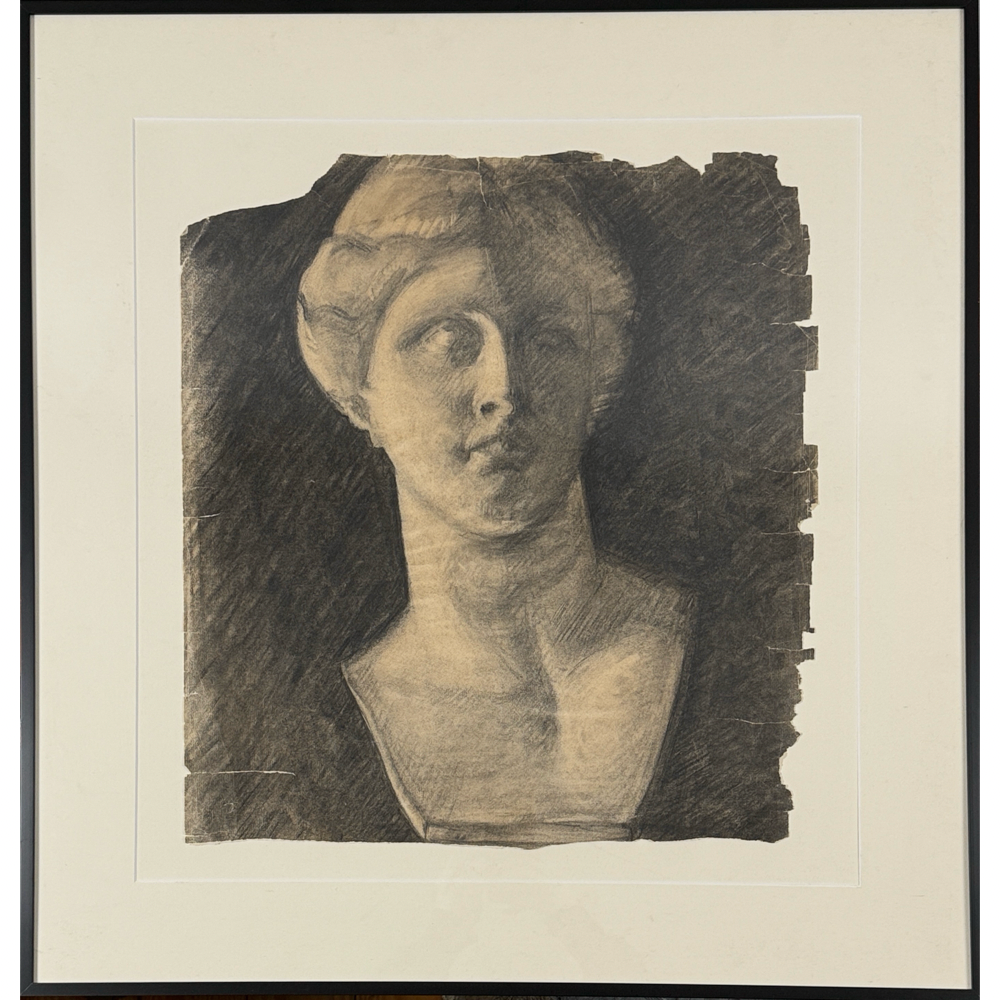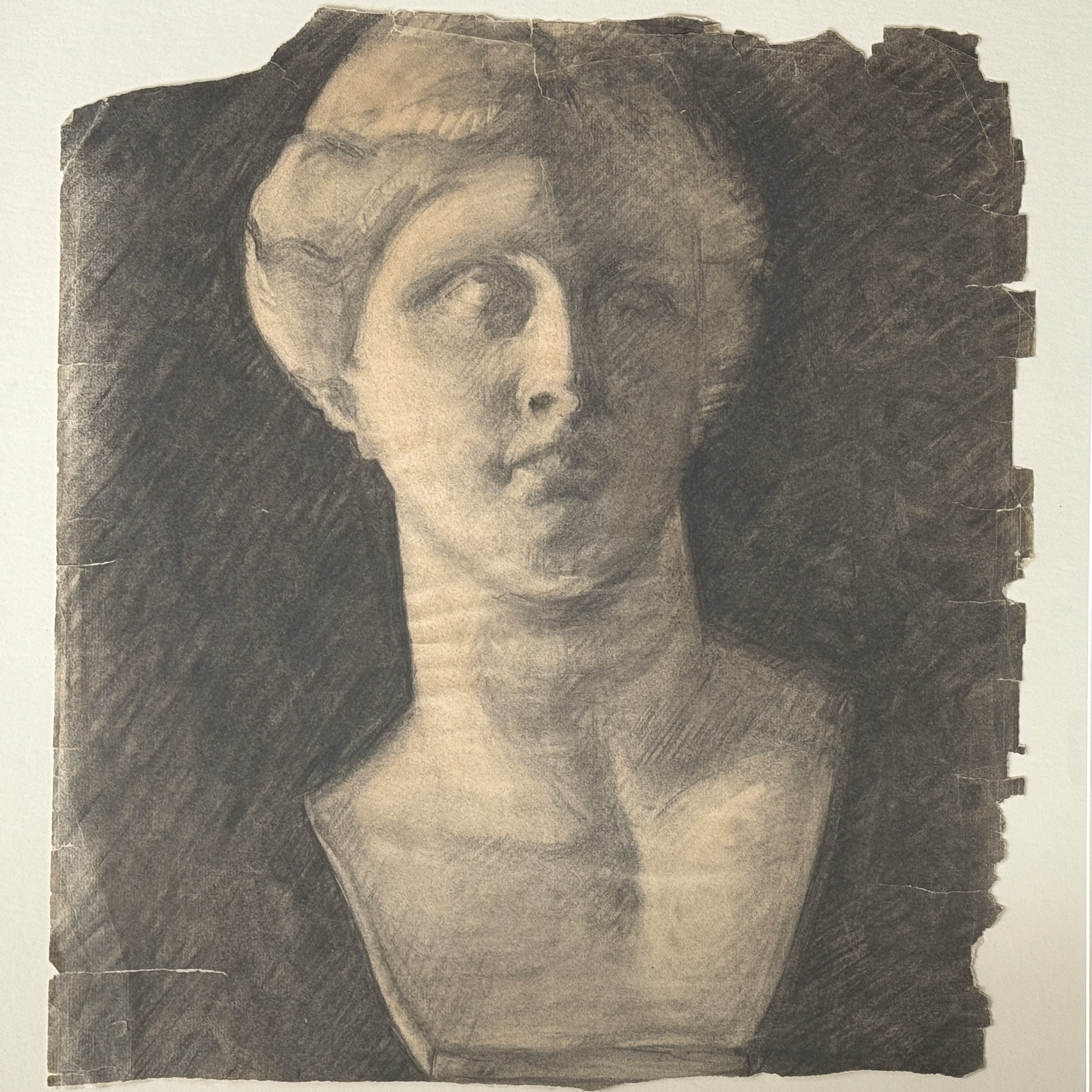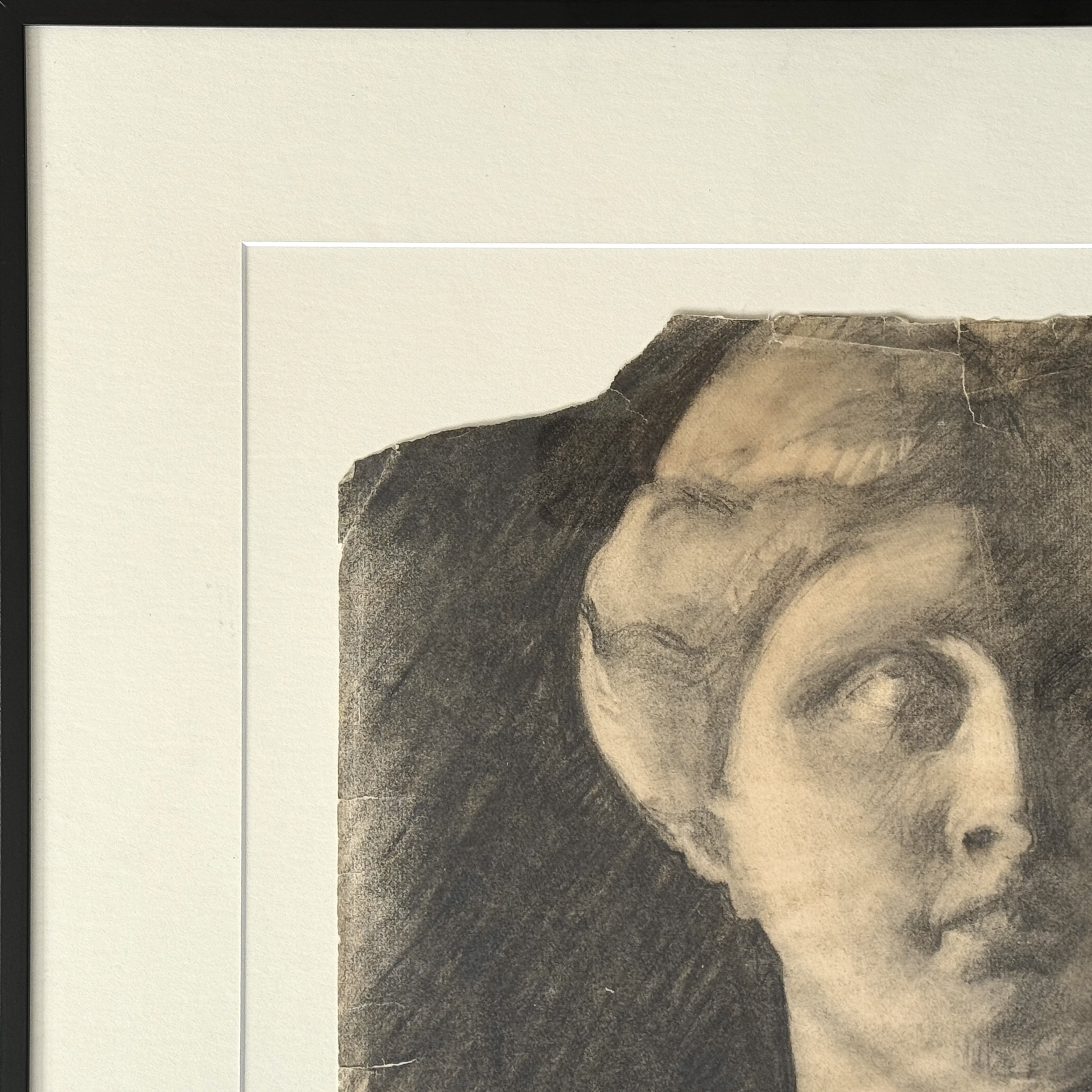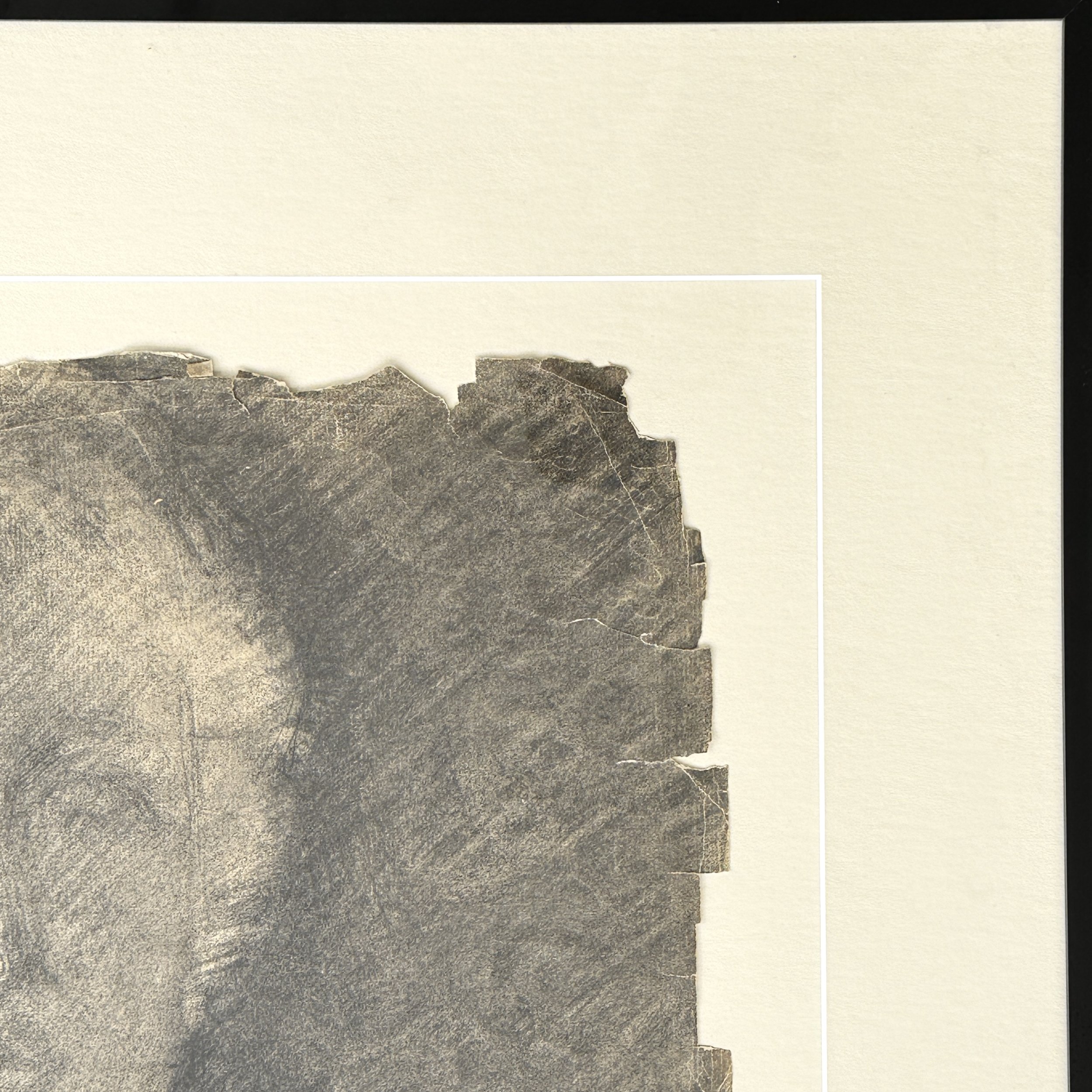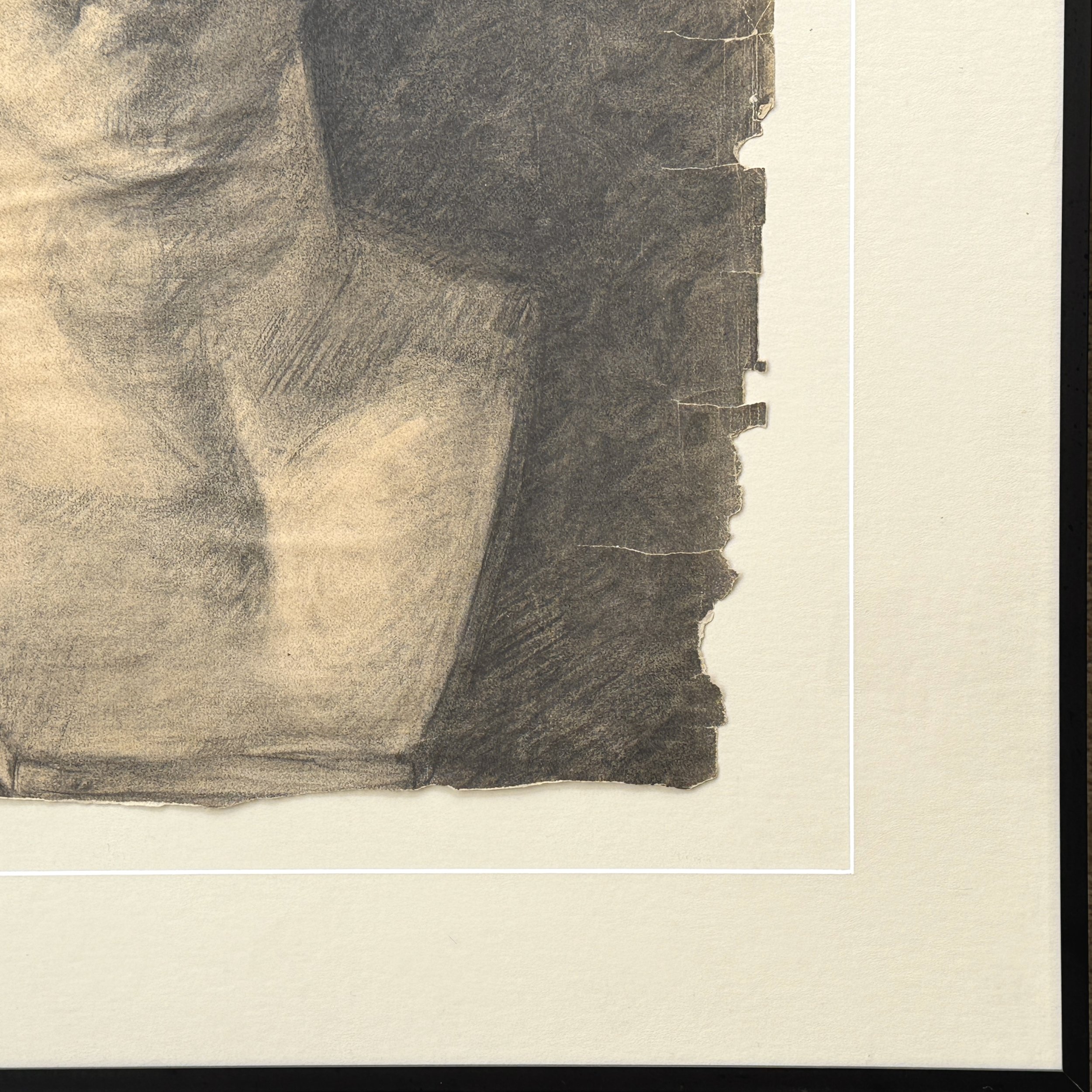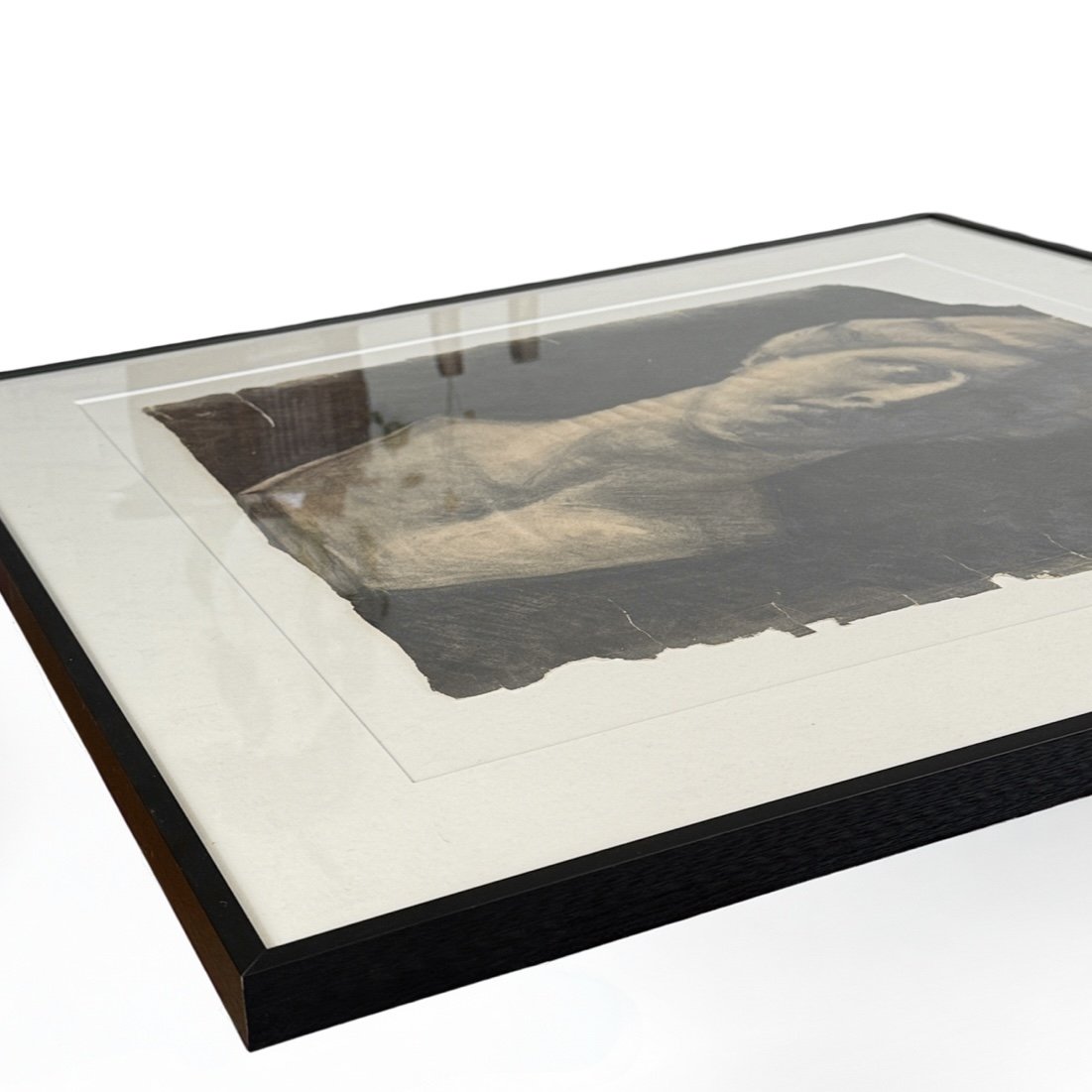 Image 1 of 5
Image 1 of 5

 Image 2 of 5
Image 2 of 5

 Image 3 of 5
Image 3 of 5

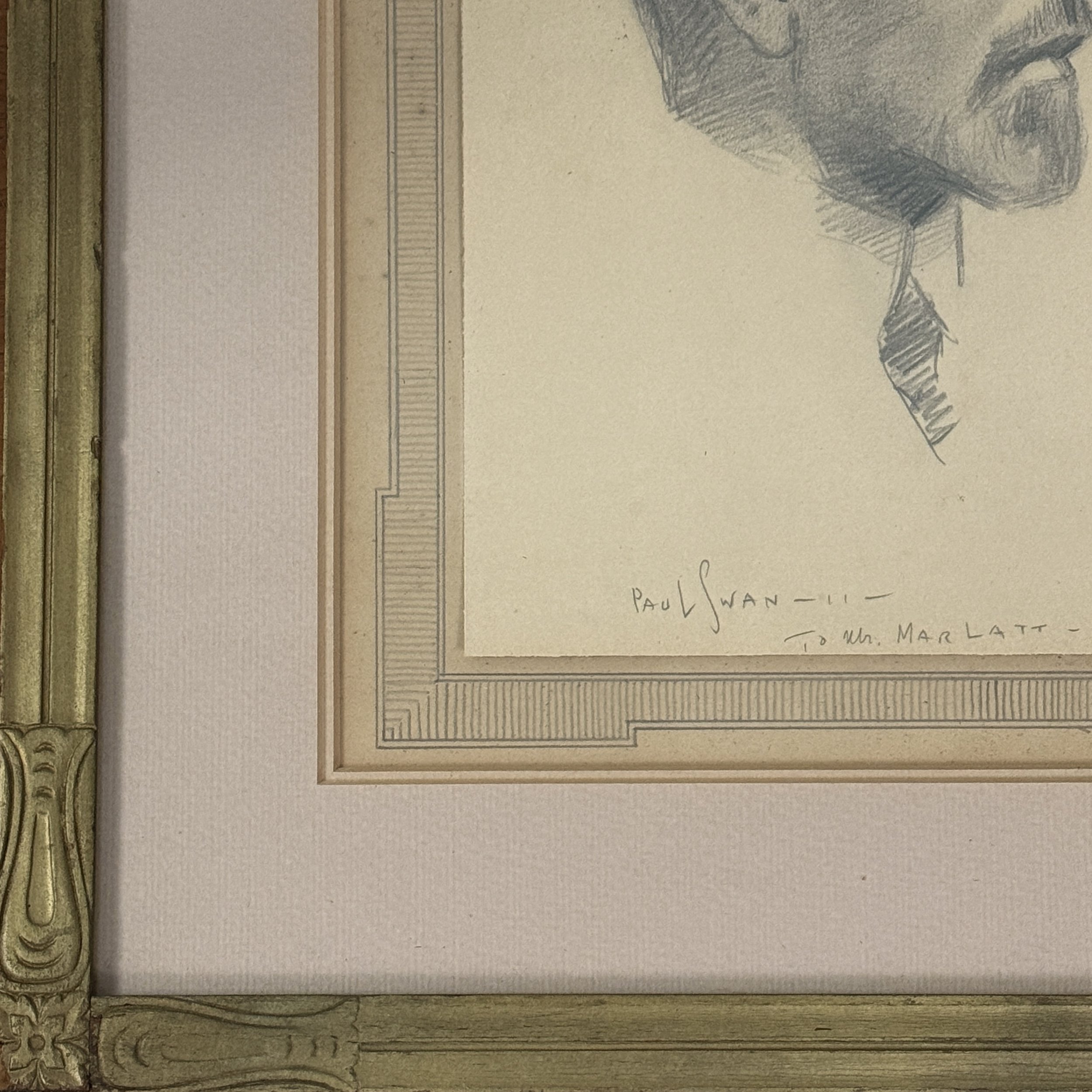 Image 4 of 5
Image 4 of 5

 Image 5 of 5
Image 5 of 5






Paul Swan (1883-1972) - Art Nouveau Portrait of Man, Signed (1911, Graphite on Paper)
Paul Swan (1883–1972)
Portrait of a Man (1911)
Graphite on paper | Signed
About This Work:
This intimate 1911 drawing bears the inscription "To Mr. Marlatt" in Swan's hand, suggesting a personal connection to the subject. The sensitive graphite rendering shows Swan's elegant draftsmanship, blending Symbolist refinement with Art Nouveau fluidity. The unusually crafted frame—with hand-carved wood and irregular joinery—may be the artist's own work. Signed and dated at the bottom in graphite.
Details:
- Medium: Graphite on laid paper
-Inscription: Dedicated "To Mr. Marlatt" in period graphite (lower margin)
- Dimensions: 17.25 × 15 in (43.8 × 38 cm) sight
- Frame: Period Art Nouveau carved wood, likely original
Condition:
- Minor corner tear (right edge)
- Adhesive marks at upper mat corners
- Unrestored patina throughout
Artist Biography:
Paul Swan was a multifaceted American artist—dancer, painter, sculptor, and actor—often called "the most beautiful man in the world" during his heyday. A true Renaissance figure of the early 20th century, he:
- Trained at the Art Institute of Chicago and Académie Julian in Paris
- Became famous for his interpretive Greek dances (performed until age 82)
- Created portraits of cultural figures like Isadora Duncan and Vaslav Nijinsky
- Lived openly gay in an intolerant era, making his work particularly significant in queer art history
- Exhibited at the 1913 Armory Show alongside modern masters
Paul Swan (1883–1972)
Portrait of a Man (1911)
Graphite on paper | Signed
About This Work:
This intimate 1911 drawing bears the inscription "To Mr. Marlatt" in Swan's hand, suggesting a personal connection to the subject. The sensitive graphite rendering shows Swan's elegant draftsmanship, blending Symbolist refinement with Art Nouveau fluidity. The unusually crafted frame—with hand-carved wood and irregular joinery—may be the artist's own work. Signed and dated at the bottom in graphite.
Details:
- Medium: Graphite on laid paper
-Inscription: Dedicated "To Mr. Marlatt" in period graphite (lower margin)
- Dimensions: 17.25 × 15 in (43.8 × 38 cm) sight
- Frame: Period Art Nouveau carved wood, likely original
Condition:
- Minor corner tear (right edge)
- Adhesive marks at upper mat corners
- Unrestored patina throughout
Artist Biography:
Paul Swan was a multifaceted American artist—dancer, painter, sculptor, and actor—often called "the most beautiful man in the world" during his heyday. A true Renaissance figure of the early 20th century, he:
- Trained at the Art Institute of Chicago and Académie Julian in Paris
- Became famous for his interpretive Greek dances (performed until age 82)
- Created portraits of cultural figures like Isadora Duncan and Vaslav Nijinsky
- Lived openly gay in an intolerant era, making his work particularly significant in queer art history
- Exhibited at the 1913 Armory Show alongside modern masters

